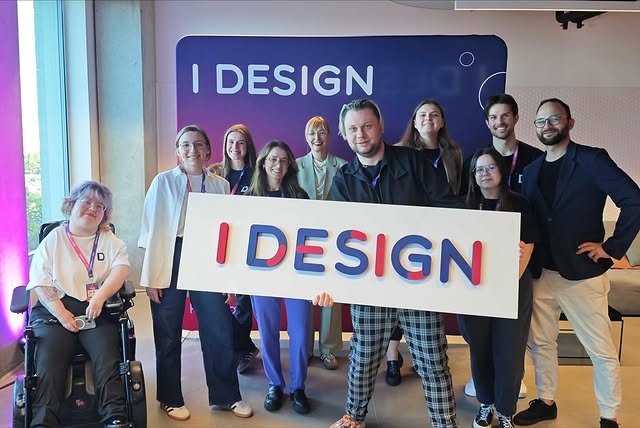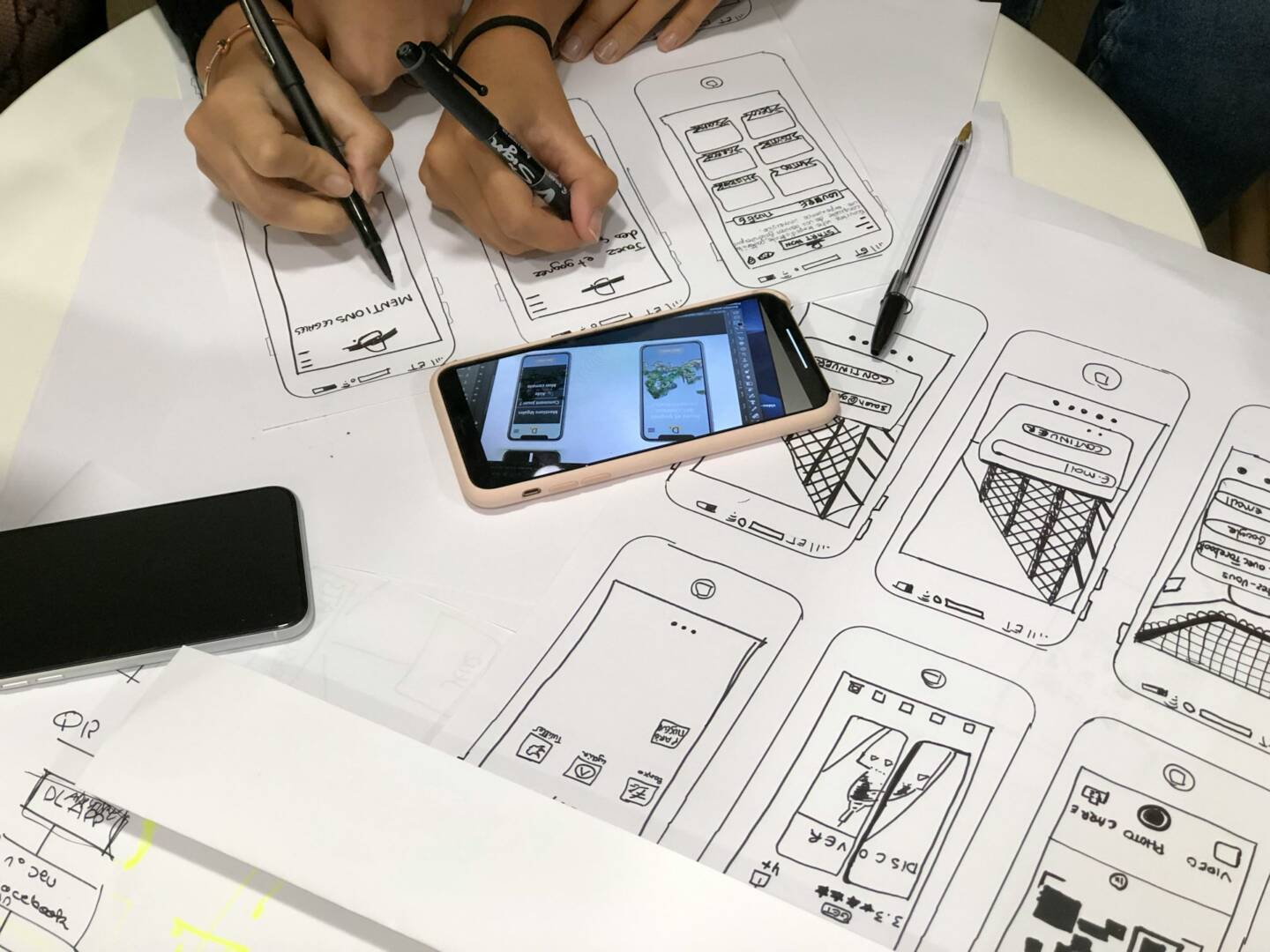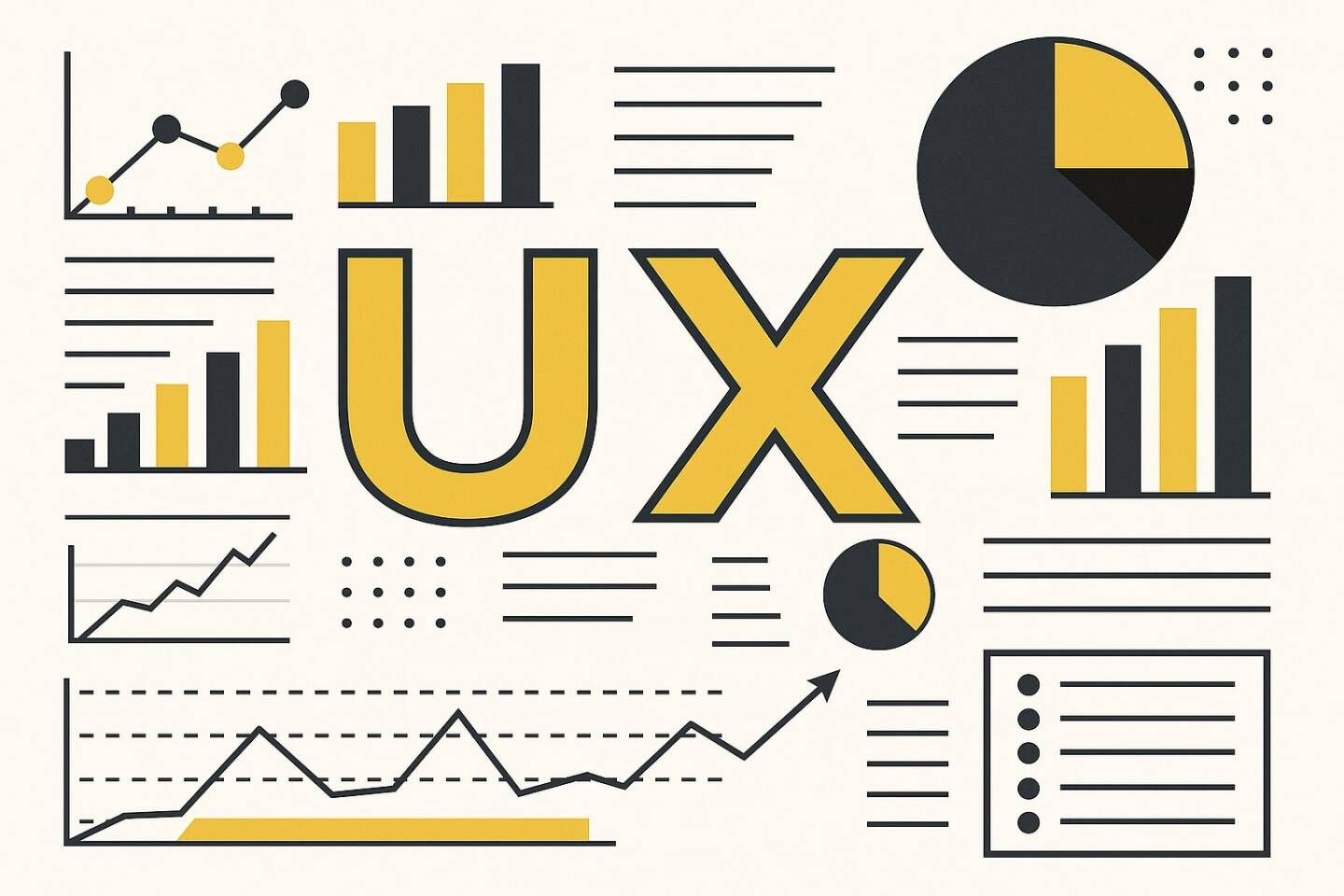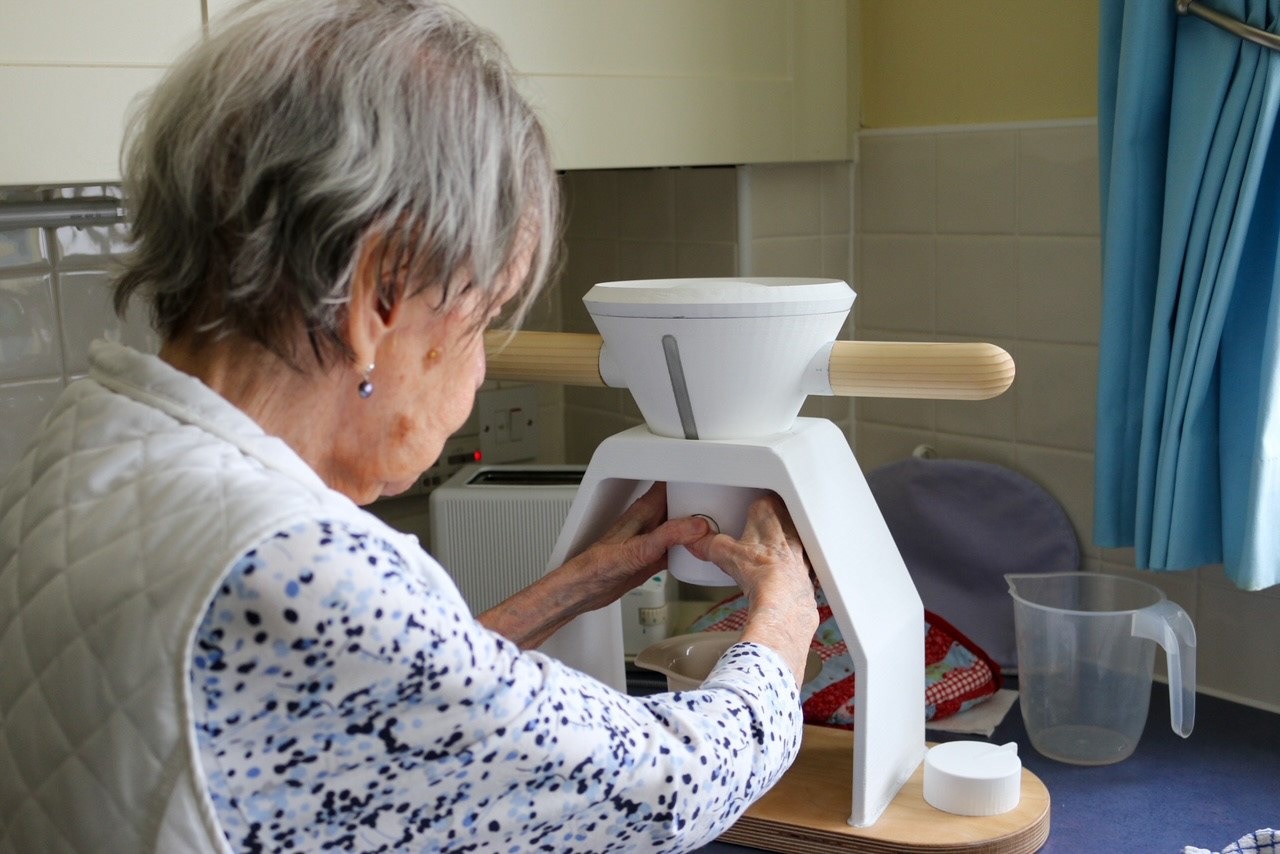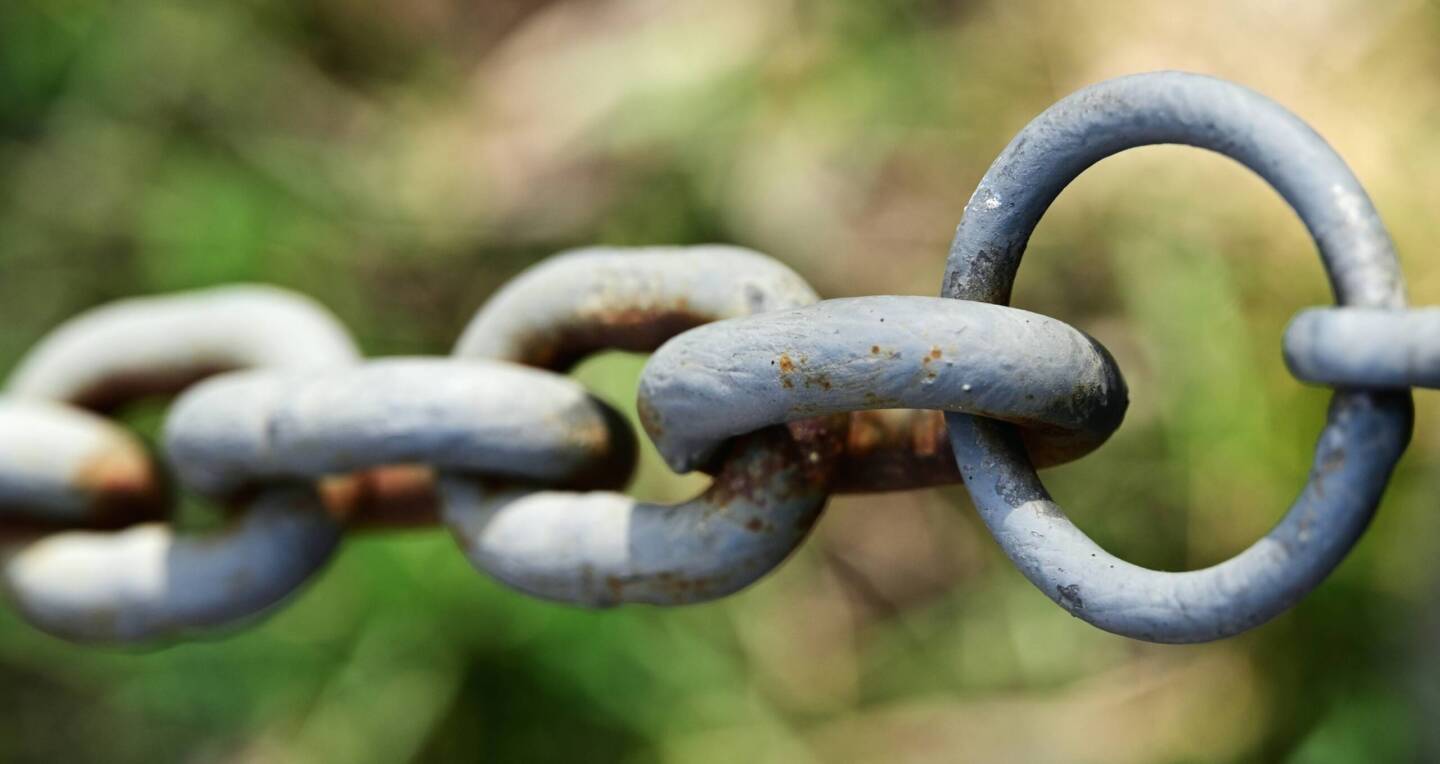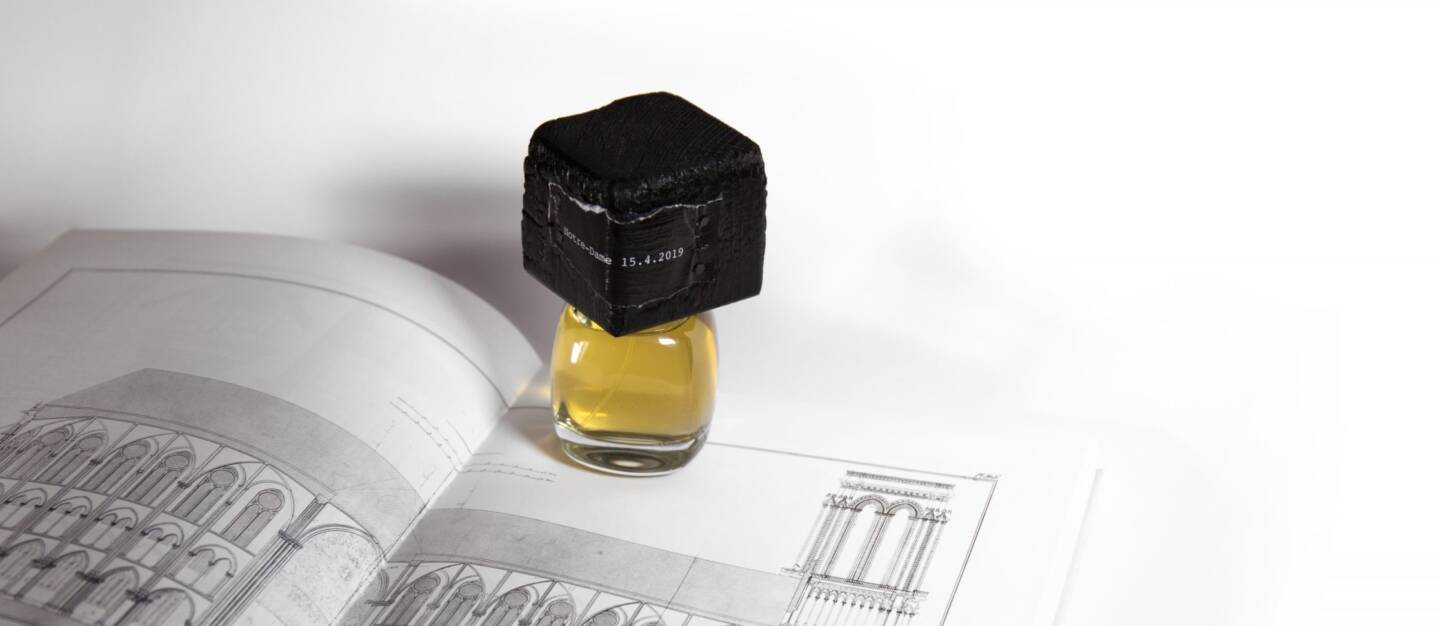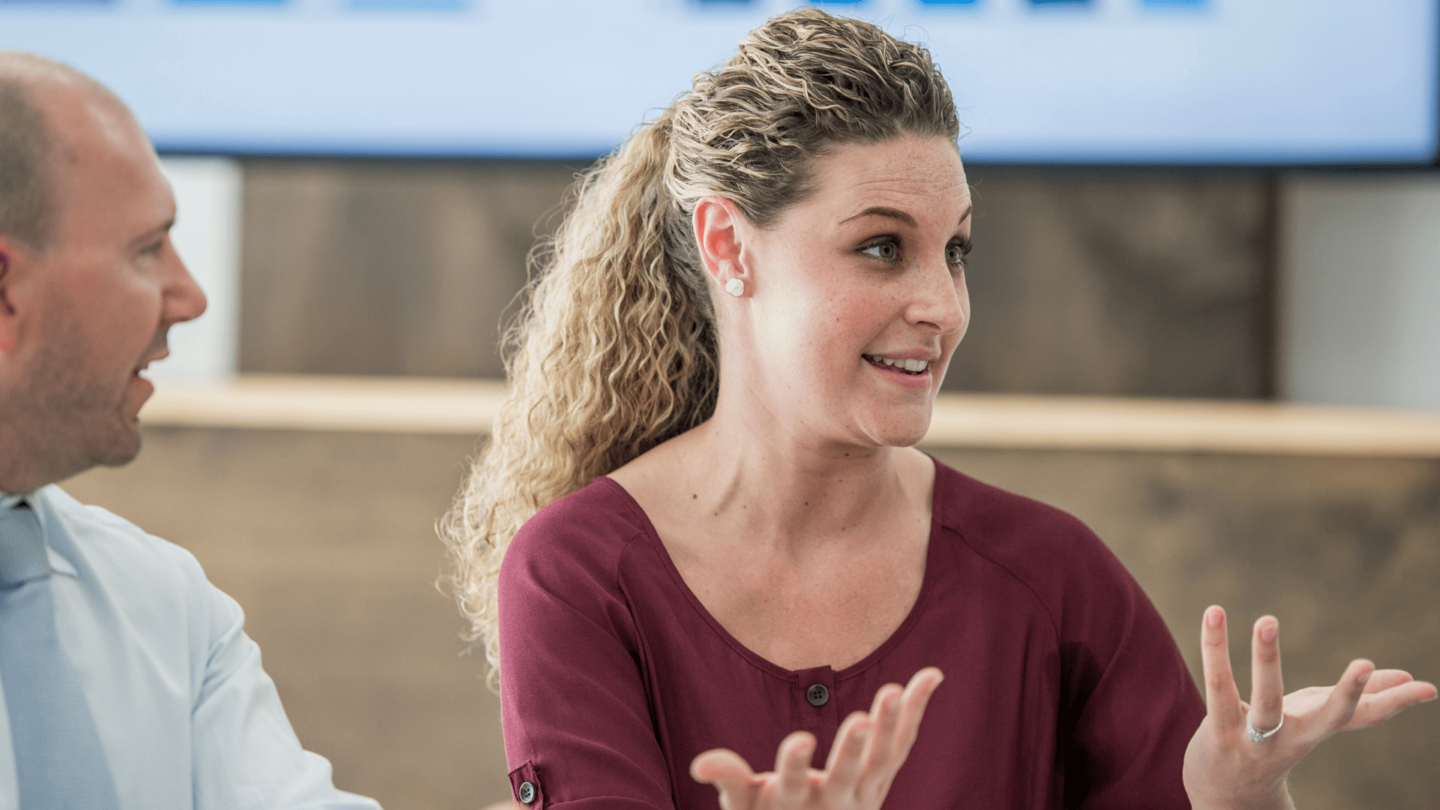
Czym są badania UX i kiedy warto je przeprowadzić?
Badania UX (User Experience) to dostosowane metody badawcze, weryfikujące użyteczność. Najczęściej jest to weryfikacja Interfejsu Użytkownika lub zebranie danych o grupie docelowej. Jest to proces polegający na zbieraniu i analizowaniu danych dotyczących tego, jak ludzie korzystają z produktów, usług i stron internetowych. Celem badań UX jest zrozumienie potrzeb i oczekiwań użytkowników oraz zapewnienie im jak najlepszego doświadczenia podczas korzystania z tych produktów. Badania user experience mogą obejmować różne metody, takie jak ankiety, wywiady, testy użyteczności i obserwacje użytkowników. Dzięki takim badaniom można uzyskać informacje na temat tego, na jakie trudności użytkownicy zwracają uwagę podczas korzystania z produktu, jakie są ich potrzeby i oczekiwania, a także jakie są ich preferencje dotyczące wyglądu i interfejsu produktu. Wyniki badań UX są wykorzystywane do poprawy projektów i tworzenia lepszych produktów, które spełniają oczekiwania użytkowników.
Metody można dopasować do różnych etapów projektowania dlatego, że w części z nich potrzebne są makiety lub interaktywne prototypy (high-fidelity), ale w niektórych wystarczą tematy badawcze i spotkania z uczestnikami badania (nawet wirtualnie) lub przeprowadzenie ankiety. Wszystko zależy od tego, kim jest potencjalny użytkownik końcowy, jakich informacji o nim aktualnie potrzeba oraz jakie zachowania należy obserwować, żeby zdobyty materiał doprowadził do konstruktywnych analiz i pożytecznych dla projektantów rekomendacji.
Rodzaje badań UX
Różnorodne metody badawcze umożliwiają analizę doświadczeń użytkowników na różnych etapach procesu projektowego – od badań jakościowych i ilościowych po testy użyteczności czy analizy heurystyczne. Wybór odpowiedniej metody zależy od specyficznych celów projektu i zaawansowania jego realizacji, co pomaga uzyskać dokładny obraz oczekiwań i wyzwań użytkowników.
Indywidualne wywiady pogłębione (IDI)
Indywidualne wywiady pogłębione polegają na przeprowadzeniu wywiadów indywidualnych z użytkownikami lub klientami w celu zgłębienia ich motywacji, myśli i uczuć związanych z produktem lub usługą.
Wywiady te charakteryzują się tym, że są dłuższe i bardziej szczegółowe niż zwykłe wywiady, a ich celem jest zdobycie głębszego zrozumienia perspektywy użytkowników. Wywiady te mogą być przeprowadzane przez telefon, przez internet lub osobiście.
Podczas indywidualnych wywiadów pogłębionych moderator rozmawia z respondentem na podstawie przygotowanego wcześniej scenariusza rozmowy. Zawiera on zazwyczaj zestaw otwartych i zamkniętych pytań, a udzielane odpowiedzi umożliwiają poznanie zachowań użytkownika.
Co wchodzi w cenę badania IDI?
- Liczba respondentów: ok. 10
- Realizacja badania: Jeden wywiad to ok. godzina (1h pracy badacza UX x liczba respondentów + czas przygotowania do badania)
- Czas opracowania scenariusza + analiza: od 30h pracy badacza UX
+ koszt wynagrodzenia respondentów + czas agencji na pozyskanie respondentów
Grupy fokusowe (Zogniskowany wywiad grupowy FGI)
Zogniskowane wywiady grupowe to badania, w których moderator na podstawie przygotowanego scenariusza przeprowadza dyskusję w grupie fokusowej, w której czasie badani konfrontują swoje emocje i opinie związane z danym produktem czy usługą. W jednym z wariantów tego badania respondenci mogą być podzieleni na grupy o przeciwnych poglądach, co może dać jeszcze ciekawsze wyniki badania.
Co wchodzi w cenę badania FGI?
- Liczba respondentów: od 30
- Realizacja badania: W formie zdalnej realizowane przy użyciu narzędzia do spotkań, a przy formie offline przy użyciu specjalnego pokoju z dostępem do kamery.
Zwykle realizowane w mniejszych grupach, gdzie respondenci pod okiem badacza realizują zadania lub wypowiadają się na pewien temat. Czas realizacji to ok 60h. - Czas opracowania scenariusza + analiza: od 30h pracy badacza UX
+ koszt wynagrodzenia respondentów + czas agencji na pozyskanie respondentów
Testy użyteczności
Testy użyteczności na ocenę, jak łatwo i efektywnie użytkownicy mogą korzystać z produktu, oraz na identyfikację i rozwiązanie problemów, które mogą wpływać na ich doświadczenia.
Testy użyteczności pozwalają sprawdzić, w jaki sposób użytkowane są serwisy czy aplikacje. Dzięki nim możemy dowiedzieć się, jak użytkownik odbiera daną stronę internetową, jakie ona wywołuje reakcje i emocje oraz czy udaje się uzyskać pożądany wynik konwersji.
Możemy wyróżnić testy użyteczności etnograficznych, które polegają na wejściu w naturalne warunki, w jakich użytkownik korzysta z serwisu czy aplikacji i obserwacji użytkownika. Dzięki temu można ulepszyć funkcjonalności, poznając wszystkie trudności, jakie napotyka odbiorca w warunkach zbliżonych do realnych. Badania te są obarczone dodatkowymi kosztami dojazdu, pozwalają jednak uzyskać ważne dla projektowanych systemów czy aplikacji informacje.
Co wchodzi w cenę testów użyteczności?
- Liczba respondentów: od 5 do 10 na urządzenie/rozdzielczość (np. po 5 na mobile i po 5 na desktop jak badamy aplikację webową)
- Realizacja badania: Jeden wywiad to ok. godzina (1h pracy badacza UX x liczba respondentów + czas przygotowania do badania)
- Czas opracowania scenariusza + analiza: od 30h pracy badacza UX
+ koszt wynagrodzenia respondentów + czas agencji na pozyskanie respondentów
Sortowanie kart (card sorting)
Card sorting to padanie, w którym grupa sortuje elementy według określonej hierarchii. Takie badanie pomaga na wczesnym etapie tworzenia interfejsu lub w jego poprawnym ułożeniu np. kategorie w sklepie, lub menu aplikacji.
Może być przeprowadzane na trzy sposoby:
- Sortowanie otwarte, gdzie badani otrzymują karty, które przydzielają do określonych grup, dzielą treści witryny na kategorie, nadając im nazwy.
- Sortowanie zamknięte, w którym badani otrzymują narzucone kategorie i przypisują im treści.
- Sortowanie według wolnej listy, gdzie użytkownicy tworzą grupy kart i nazywają kategorie, przypisując do nich treści.
Co wchodzi w cenę card sorting?
- Liczba respondentów: od 30
- Realizacja badania: W formie zdalnej realizowane poprzez program, w którym należy zaprojektować badanie optimalworkshop.com. Zaprojektowanie trwa ok. 3h
W formie offline należy zebrać respondentów (indywidualnie lub w grupach), aby wykonali badanie. Wtedy czas realizacji wynosi 20-60h. - Czas opracowania scenariusza + analiza: od 30h pracy badacza UX
+ koszt wynagrodzenia respondentów + czas agencji na pozyskanie respondentów
Zaprojektowana struktura wymaga weryfikacji, aby upewnić się, że jest nie tylko intuicyjna, ale także efektywna w praktyce. Na tym etapie wkracza tree testing, który służy do sprawdzenia, jak dobrze zaprojektowana na podstawie card sortingu struktura działa w rzeczywistości. Użytkownicy są proszeni o odnalezienie konkretnych informacji w stworzonej hierarchii drzewa. Dzięki temu możemy zidentyfikować potencjalne problemy z nawigacją, takie jak niejasne nazwy kategorii, mylące ścieżki czy niewłaściwie rozmieszczone elementy.
Wywiady kontekstowe
Wywiady kontekstowe polegają na przeprowadzeniu rozmów z użytkownikami w ich naturalnym otoczeniu, tj. w miejscu, w którym korzystają z produktu lub usługi. Celem wywiadów kontekstowych jest zrozumienie, w jaki sposób użytkownicy korzystają z produktu lub usługi w konkretnym kontekście oraz jakie są ich potrzeby i oczekiwania związane z jej użytkowaniem.
Podczas wywiadów kontekstowych, badacz może przeprowadzić wywiad z użytkownikiem w jego domu lub miejscu pracy, a także podczas użytkowania produktu lub usługi w różnych sytuacjach, np. podczas podróży czy na spacerze. Może też zadawać pytania dotyczące doświadczeń użytkownika związanych z produktem lub usługą oraz o to, jakie są jego potrzeby i oczekiwania związane z jej użytkowaniem.
Co wchodzi w cenę wywiadów kontekstowych?
- Liczba respondentów: od 5
- Realizacja badania: Jeden wywiad to ok. godzina (1h pracy badacza UX x liczba respondentów + czas przygotowania do badania)
- Czas opracowania scenariusza + analiza: od 30h pracy badacza UX
+ koszt wynagrodzenia respondentów + czas agencji na pozyskanie respondentów
Eyetracking
Polega na rejestrowaniu ruchów oczu użytkowników podczas korzystania z produktu lub usługi. Eye tracking pozwala zrozumieć, na jakie elementy produktu lub usługi użytkownicy zwracają najwięcej uwagi oraz jakie są ich oczekiwania i potrzeby związane z jej użytkowaniem. Podczas eyetrackingu, użytkownik korzysta z produktu lub usługi, a jego ruchy oczu są rejestrowane przez specjalne urządzenie, takie jak kamera lub czujnik ruchu oczu. Analiza rejestrowanych danych pozwala zidentyfikować, na jakie elementy produktu lub usługi użytkownik zwraca najwięcej uwagi oraz jakie są jego preferencje i potrzeby związane z jej użytkowaniem.
Co wchodzi w cenę badania eyetracking?
- Liczba respondentów: od 5 do 10 na urządzenie/rozdzielczość (np. po 5 na mobile i po 5 na desktop jak badamy aplikację webową)
- Realizacja badania: Jeden wywiad to ok. godzina (1h pracy badacza UX x liczba respondentów + czas przygotowania do badania)
- Czas opracowania scenariusza + analiza: od 30h pracy badacza UX
+ koszt wynagrodzenia respondentów + czas agencji na pozyskanie respondentów
Testy porównawcze
Polegają na przedstawieniu użytkownikowi dwóch odsłon serwisów i porównanie ich między sobą. Dzięki temu możemy dowiedzieć się, który z przedstawionych serwisów będzie bardziej przystępny i lepiej odbierany przez użytkownika.
Co wchodzi w cenę badania UX?
- Liczba respondentów: od 5 do 10 na urządzenie/rozdzielczość (np. po 5 na mobile i po 5 na desktop jak badamy aplikację webową)
- Realizacja badania: Jeden wywiad to ok. godzina (1h pracy badacza UX x liczba respondentów + czas przygotowania do badania)
- Czas opracowania scenariusza + analiza: od 30h pracy badacza UX
+ koszt wynagrodzenia respondentów + czas agencji na pozyskanie respondentów
Badanie etnograficzne
Badanie UX mające na celu w jaki sposób grupa docelowa korzysta z interfejsu w miejscu którym najczęściej będzie używana. Np. aplikacja do kupowania biletów, gdzie miejscem badania będzie tramwaj podczas jazdy. Badanie pozwoli zweryfikować czy interfejs jest dostosowany do kontekstu wykorzystywania aplikacji.
Co wchodzi w cenę badania etnograficznego?
- Liczba respondentów: od 5 do 10
- Realizacja badania: 20-40h
- Czas opracowania: ok. 20h
Analizy eksperckie (audyt UX)
Ekspert UX ocenia dany produkt, czy usługę, sprawdzając problemy i użyteczność. Analizy eksperckie są przeprowadzane według trzech metod: analizy heurystycznej (analizowanie pod kątem ogólnych zasad użyteczności), cognitive walkthrough (ekspert staje się użytkownikiem) i listy kontrolnej. Na produktach gotowych najczęściej nazywa się to audytem UX. Nie jest to co prawda badanie UX ale bardzo często można je przeprowadzić w celu ograniczenia kosztów poświęconych na badania UX. Zwykle zajmują od 20 do 40 roboczogodzin pracy UX/UI designera.
Kiedy przeprowadzić badania UX?
Badania UX warto przeprowadzać na różnych etapach rozwoju produktu, aby lepiej dostosować go do potrzeb użytkowników i zwiększyć jego efektywność. Kiedy najczęściej się je przeprowadza i po co?
- Przed rozpoczęciem projektu – zrozumienie potrzeb użytkowników, analiza rynku i określenie celów projektu.
- Podczas projektowania i prototypowania – testy użyteczności na makietach/prototypach, aby na bieżąco wprowadzać poprawki.
- Po wdrożeniu wersji beta lub MVP – ocena realnych doświadczeń użytkowników, pozwala na dopracowanie przed pełnym wdrożeniem.
- Po wdrożeniu pełnej wersji produktu – monitorowanie, jak użytkownicy korzystają z produktu, i identyfikowanie obszarów do poprawy.
- Przed wprowadzeniem dużych zmian lub nowych funkcji – ocena oczekiwań użytkowników, aby uniknąć niepotrzebnych lub skomplikowanych zmian.
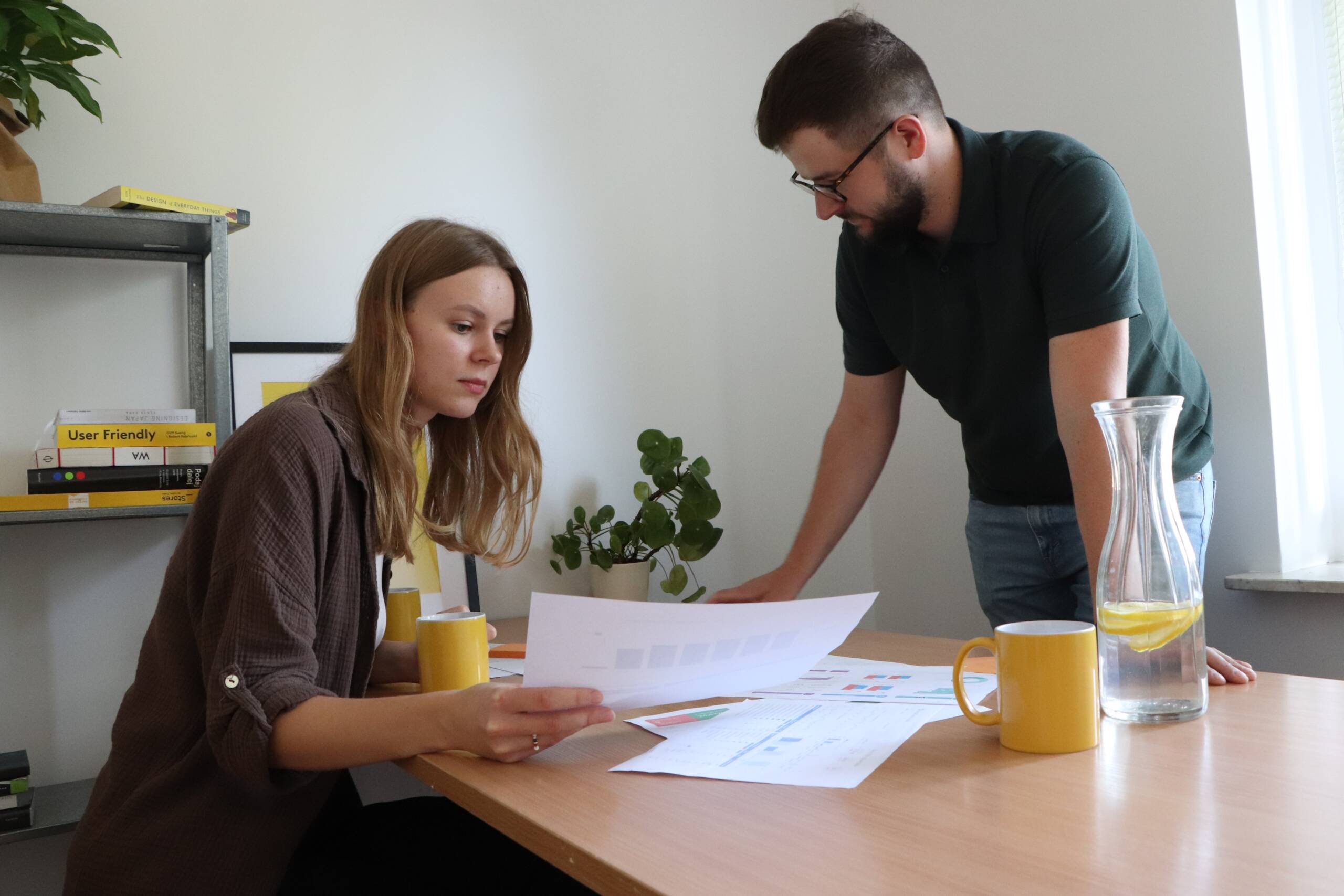
Opis problemu badawczego, tło problemu badawczego
Zanim przystąpisz do przeprowadzenia badań, musisz zdefiniować problem badawczy – to jest główne pytanie, na które chcesz znaleźć odpowiedź za pomocą swoich badań. Tło problemu badawczego to kontekst, w którym problem występuje – na przykład, możesz opisać, jakie funkcje produktu są dla użytkowników problematyczne, lub jakie aspekty doświadczeń użytkowników wymagają poprawy. Po określeniu problemu i kontekstu, warto przejść do kolejnego kroku – sformułowania pytań badawczych. Są to konkretne pytania, na które chcemy odpowiedzieć w trakcie naszych badań. Powinny one być jasne, precyzyjne i ukierunkowane na zrozumienie specyficznych aspektów doświadczeń użytkowników.
Następnie przystępujemy do wyboru najodpowiedniejszych metod badania. Tutaj musimy dokonać wyboru między metodami jakościowymi, takimi jak wywiady czy obserwacje, a metodami ilościowymi, takimi jak ankiety czy analiza danych. Wybór zależy od naszych celów badawczych oraz dostępnych zasobów.
Przy planowaniu badania UX, niezwykle istotne jest również przygotowanie planu badawczego. Powinien on zawierać szczegółowy opis całego procesu badawczego, w tym celów badania, metod, planu rekrutacji uczestników, harmonogramu, a także planu analizy i prezentacji wyników.
Rekrutacja uczestników
Rekrutacja uczestników jest kluczowym elementem planu badania. Powinniśmy wybrać osoby, które najlepiej reprezentują naszą grupę docelową, aby uzyskane wyniki były jak najbardziej reprezentatywne. Proces rekrutacji może obejmować różne metody, takie jak rekrutacja online, korzystanie z paneli badawczych, czy też rekrutacja poprzez ogłoszenia.
Wyniki i wnioski badań UX
Po zakończeniu badań UX najważniejsze jest przeanalizowanie zebranych danych i udzielenie odpowiedzi na postawione pytania badawcze. Wyniki powinny być przedstawione w sposób przystępny i zrozumiały, na przykład w formie raportów, prezentacji, infografik czy materiałów wideo. Jasna i uporządkowana prezentacja wyników umożliwia wyciągnięcie konkretnych wniosków i podjęcie działań usprawniających. Badania UX to fundament skutecznego projektowania i rozwoju produktów cyfrowych – pozwalają zrozumieć potrzeby użytkowników, zidentyfikować problemy i dostosować produkt, by był bardziej użyteczny i satysfakcjonujący. Kluczem do sukcesu jest staranne planowanie, rzetelne przeprowadzenie badań oraz efektywne wykorzystanie wyników.
Po przeprowadzeniu badań i prezentacji wyników, nadszedł czas na wdrożenie uzyskanych wniosków w praktyce. Dzięki wynikom badania, możemy dokonywać poprawek w naszym produkcie cyfrowym, tak aby lepiej odpowiadał na potrzeby użytkowników. Może to obejmować zmiany w interfejsie użytkownika, poprawę funkcjonalności, a nawet wprowadzenie zupełnie nowych rozwiązań. Pamiętaj, że każda zmiana powinna być odpowiednio przetestowana, aby upewnić się, że faktycznie wpływa ona pozytywnie na doświadczenia użytkowników.
Ile kosztują badania UX?
Ile kosztują badania UX, zależy głównie od rodzaju badania i tego ilu respondentów będziemy potrzebować do jego przeprowadzenia. Różnica w cenie będzie dotyczyła także rodzaju badań w zależności od potrzeb danej firmy. Inaczej ceny będą kształtowały się w przypadku software house, a inaczej w przypadku e-commerce, gdyż każda z nich będzie potrzebowała innych metod badawczych odpowiednich dla danego projektu.
Ważnym aspektem wpływającym na cenę badań UX jest rekrutacja respondentów. W zależności od rodzaju badań liczba respondentów będzie się różnić, co ma znaczący wpływ na końcową cenę badań. Zatrudnienie małej grupy respondentów dostarczy innych danych niż testowanie na dużej grupie. Różnice w cenie będą występowały także w wyniku zatrudniania określonych grup respondentów, na przykład lekarzy. Jeśli rekrutacja jest skomplikowana i wymaga zatrudnienia dodatkowych osób, które w niej pomogą, na przykład prawników, to cena badań również wzrośnie.
Cena badania UX to w skrócie:
Czas opracowania koncepcji badania + czas pozyskania respondentów + ich wynagrodzenie + czas badacza potrzebny do analizy.
Projekt na podstawie wyników badań UX
Często wyniki badań UX zostają wrzucone do szuflady i przez co nie są wykorzystywane do optymalizacji konwersji, aby tego unikać najlepiej przekazać te wyniki do UI/UX designera. Ta osoba będzie w stanie wykorzystać wyniki tych badań do zaprojektowania nowego interfejsu na potrzebach użytkowników lub odpowiadającego na ich problemy.
UI/UX designer można to zrobić na dwa sposoby:
- Szybko – W formie makiet low-fi/Hi-fi aby szybko przedstawić koncepcje programistom.
- Dokładnie – W formie visual designu gotowego do wdrożenia, zwykle jest to całkowity redesign interfejsu.
Wybór zależy od klienta i sytuacji jaka jest obecna w biznesie.
Badania UX z Webmetric
Badania UX stanowią fundament dobrego projektowania interfejsów na każde urządzenie obsługiwane przez człowieka. W dzisiejszych czasach są to szczególnie witryny internetowe i różnego rodzaju aplikacje.
Mimo wszystko warto zdawać sobie sprawę, że badacze nie są wyroczniami na temat rozwiązań problemów z interfejsem. Dostarczą drobiazgowych danych o użytkownikach oraz ich oczekiwaniach, rozjaśnią powody typowych problemów danej persony w świecie produktów cyfrowych, wskażą błędy i słabe punkty w warstwie graficznej czy architekturze informacji tworzonego produktu, pomogą ustalić ostateczny zakres i hierarchię funkcji pożądanych przez grupę docelową, ale nie powiedzą, jakie dokładnie zmiany przeprowadzić, żeby od razu otrzymać prototyp gotowy na fazę produkcyjną.
Z tego powodu badania UX wykonuje się cyklicznie. Pełnią funkcję kompasu, na który można spojrzeć tylko raz na pewien czas, po pokonaniu kolejnego odcinka trasy.
Chcesz przeprowadzić badania w swojej firmie? Sprawdź naszą ofertę!
- Rodzaje badań UX
- Indywidualne wywiady pogłębione (IDI)
- Grupy fokusowe (Zogniskowany wywiad grupowy FGI)
- Testy użyteczności
- Sortowanie kart (card sorting)
- Wywiady kontekstowe
- Eyetracking
- Testy porównawcze
- Badanie etnograficzne
- Analizy eksperckie (audyt UX)
- Kiedy przeprowadzić badania UX?
- Opis problemu badawczego, tło problemu badawczego
- Rekrutacja uczestników
- Wyniki i wnioski badań UX
- Ile kosztują badania UX?
- Projekt na podstawie wyników badań UX
- Badania UX z Webmetric
